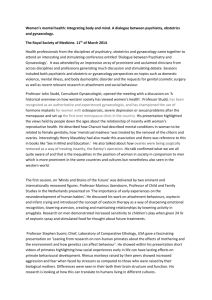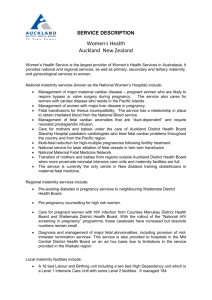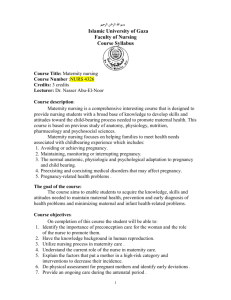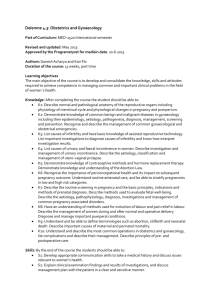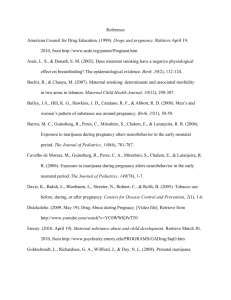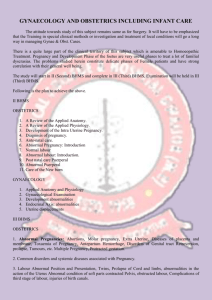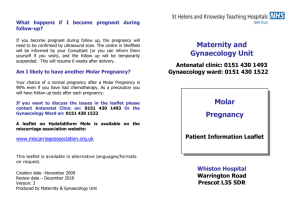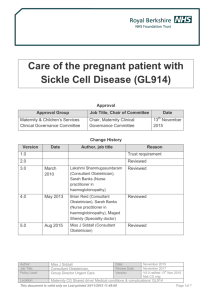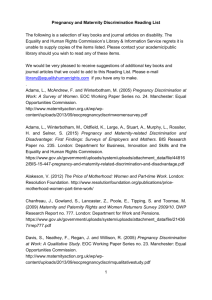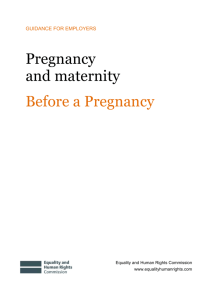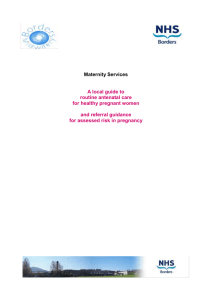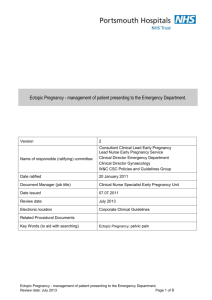Joint Committee on Health and Children Public Hearings on the
advertisement
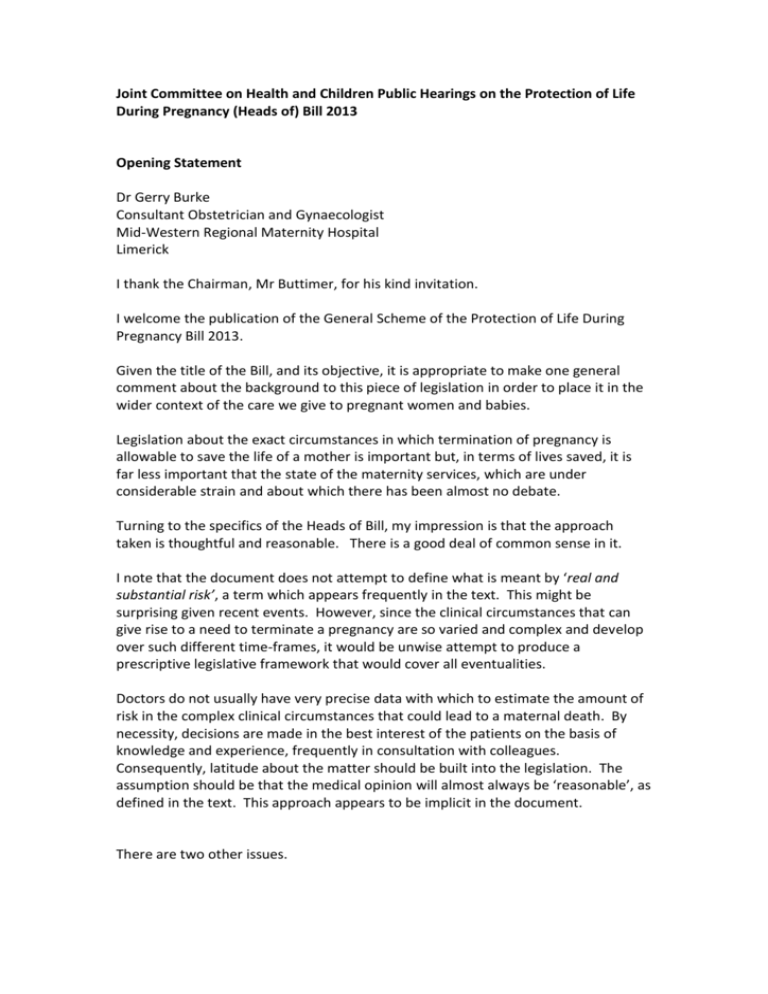
Joint Committee on Health and Children Public Hearings on the Protection of Life During Pregnancy (Heads of) Bill 2013 Opening Statement Dr Gerry Burke Consultant Obstetrician and Gynaecologist Mid-Western Regional Maternity Hospital Limerick I thank the Chairman, Mr Buttimer, for his kind invitation. I welcome the publication of the General Scheme of the Protection of Life During Pregnancy Bill 2013. Given the title of the Bill, and its objective, it is appropriate to make one general comment about the background to this piece of legislation in order to place it in the wider context of the care we give to pregnant women and babies. Legislation about the exact circumstances in which termination of pregnancy is allowable to save the life of a mother is important but, in terms of lives saved, it is far less important that the state of the maternity services, which are under considerable strain and about which there has been almost no debate. Turning to the specifics of the Heads of Bill, my impression is that the approach taken is thoughtful and reasonable. There is a good deal of common sense in it. I note that the document does not attempt to define what is meant by ‘real and substantial risk’, a term which appears frequently in the text. This might be surprising given recent events. However, since the clinical circumstances that can give rise to a need to terminate a pregnancy are so varied and complex and develop over such different time-frames, it would be unwise attempt to produce a prescriptive legislative framework that would cover all eventualities. Doctors do not usually have very precise data with which to estimate the amount of risk in the complex clinical circumstances that could lead to a maternal death. By necessity, decisions are made in the best interest of the patients on the basis of knowledge and experience, frequently in consultation with colleagues. Consequently, latitude about the matter should be built into the legislation. The assumption should be that the medical opinion will almost always be ‘reasonable’, as defined in the text. This approach appears to be implicit in the document. There are two other issues. Firstly, it is possible for a pregnancy to be ectopic but within the womb. This happens when a pregnancy implants in the cervix of the womb or, as we are seeing more frequently now, in the scar of a previous Caesarean section in the womb. The latter condition can result in a successful outcome for both mother and baby but the more severe forms carry a risk of maternal death of up to 7% (1). It would be helpful if the Heads of Bill specifically referred to these types of ectopic pregnancy. Secondly, it should be noted that, in certain circumstances, the treatment might need to be carried out in a general hospital rather than in an obstetric hospital so that the patient could be transferred immediately to facilities such as an intensive care unit. (1) O'Brien JM, Barton JR, Donaldson ES. The management of placenta percreta: conservative and operative strategies. Am J Obstet Gynecol. 1996 Dec;175(6):1632-8. PubMed PMID: 8987952. Biography for Dr Gerard Burke I graduated from UCD Medical School in 1980. I trained obstetrics and gynaecology in Ireland, Great Britain and Canada. I am a Fellow of the Royal College of Obstetricians and Gynaecologists in the UK and a member of the Institute in Ireland. I am on the Specialist Register of the Medical Council. I have been a consultant obstetrician and gynaecologist in Limerick for twenty years, since 1992. I have a special interest in maternal and fetal medicine and I provided that service single-handedly to the mid-west region for thirteen years. I provide a general gynaecology service at the Regional Hospital. I am adjunct senior lecturer at the new Graduate Entry Medical School of the University of Limerick and I ran its foundation course in obstetrics and gynaecology in 2009-2010. I have research interests in morbid adherent placentation, intrauterine growth restriction, twins, difficult birth, breech presentation and ultrasound. The Mid-West Regional Maternity Hospital, Limerick is a stand-alone maternity hospital serving a population of 378,000 people in the mid-west. It has just under 5000 annual births. It caters for all levels of obstetric complexity, including extreme prematurity. It is unusual in that it does not have a general gynaecology service onsite and it does not have a blood bank on-site. It has a whole time equivalent complement of 7.5 obstetricians, a ratio of 2 per 100,000 population (which is the lowest in Ireland – and probably in Europe) and approximately one per 650 deliveries. I am interested in the content of the proposed legislation because the ambiguity that exists currently may undermine good patient care, albeit in a very small number of cases.
